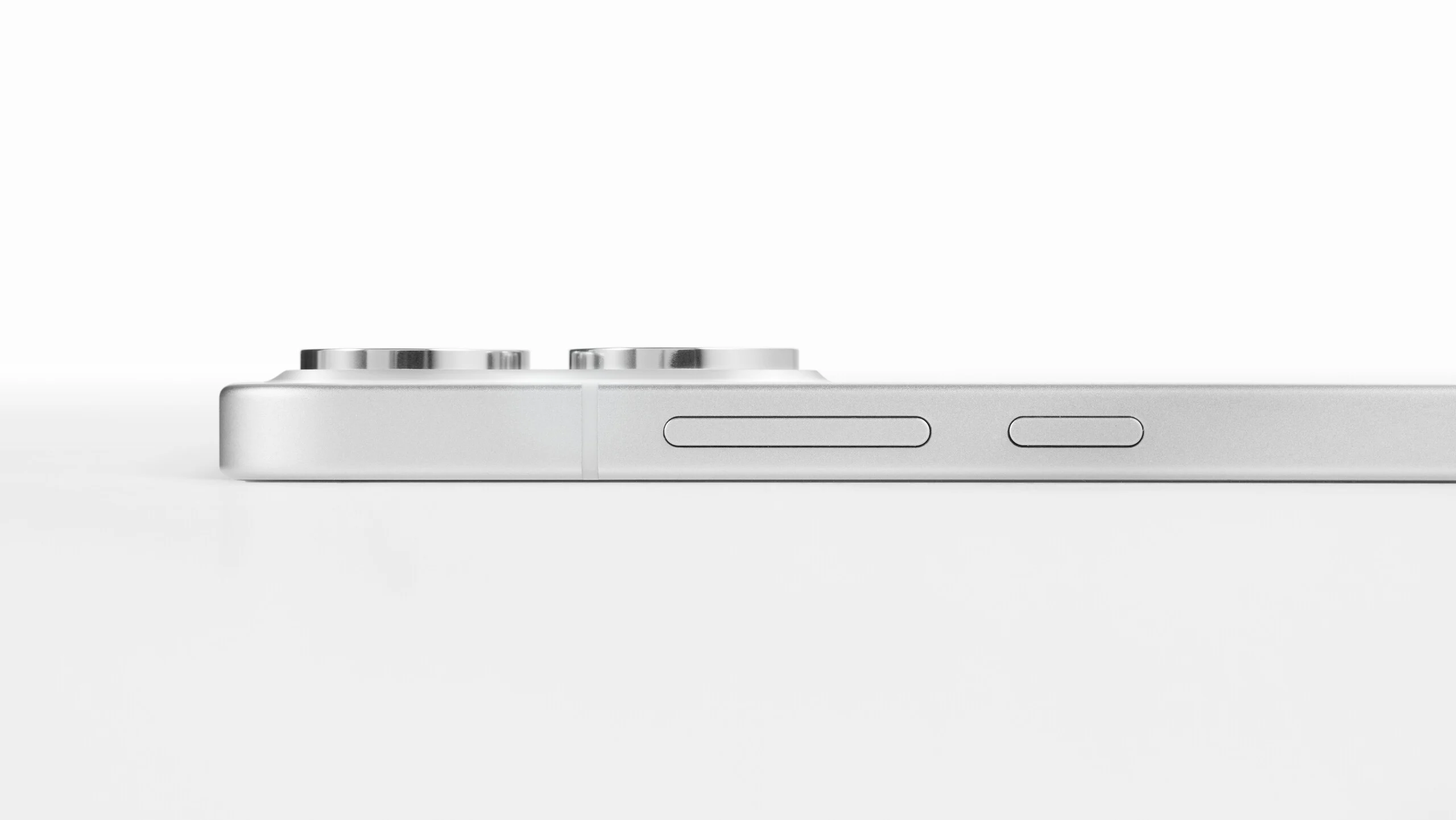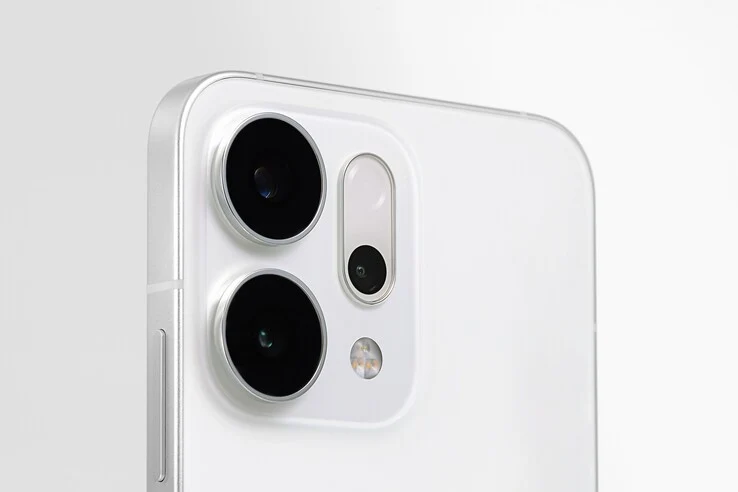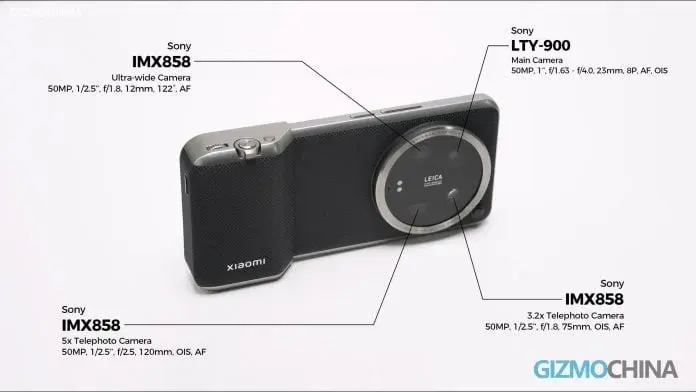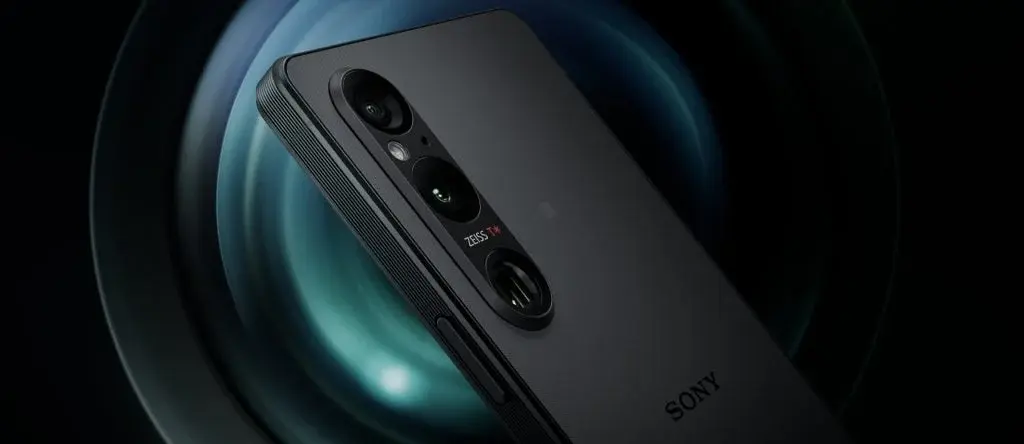Key Takeaways
1. Attention-Grabbing Marketing: High resolutions like “50MP” or “200MP” are often used in marketing to attract consumers, but can be misleading without context about sensor quality.
2. Misunderstandings in Reporting: Tech articles frequently oversimplify camera specifications by focusing solely on resolution, neglecting important details like sensor size and type.
3. Camera Quality vs. Price: Many budget-friendly smartphones now offer impressive camera features, challenging the belief that only expensive phones have the best photography capabilities.
4. Importance of Sensor Size: A larger sensor captures more light and produces better images in varying conditions, making sensor size a crucial factor alongside resolution.
5. Need for Better Communication: Clearer explanations of camera specifications are necessary to help consumers understand what they are getting, as simply stating megapixels can lead to disappointment.
I comprehend what you’re saying. It’s clear we need quick ways to talk about technology. When it comes to cameras, the most eye-catching number in marketing is resolution. We can create a title for a post or video using minimal characters and add a huge number to grab attention.
“YOU WON’T BELIEVE THIS AFFORDABLE PHONE HAS A 50MP TRIPLE CAMERA!”
People knowledgeable about tech should spot a flashy title for what it is, but the amount of buzz around resolution indicates it still plays a role in attracting viewers.
Misunderstandings in Tech Reporting
I recently came across an article on another site discussing foldable phones, lamenting Samsung’s hesitance to feature Samsung’s “200MP lens” on any of the Galaxy Z folding phones. Ignoring the clear error of calling it a “lens” instead of a sensor, which 200MP component was the writer referring to? Samsung actually produces two distinct sensors with 200 million pixels. (Honestly, either would be an upgrade for the Z Flip and Z Fold, but I’m not sure that’s what the author meant).
Not to just focus on other publications, but you’ll often see articles and news pieces here on Notebookcheck that describe a camera purely by its resolution. It’s simple. Most tech websites have been guilty of this shortcut at some point in their gadget articles.
Impressive Camera Offerings
I’ve been continually amazed by the camera features from brands like Tecno and Infinix. The camera and selfie display on the Lava Agni 3 truly won me over. Companies like Oppo, Vivo, and Xiaomi have been releasing budget-friendly phones for years that offer cameras exceeding what you’d expect for their price.
What might be considered as an “average consumer” photography experience is now firmly achievable at prices below the mid-range tier.
Yet, through marketing and presentation, we’ve led consumers to believe they ought to have “the best” experience. The priciest phones boast “the best” cameras. Isn’t it thrilling that THIS camera has TWO HUNDRED MILLION PIXELS!
Understanding the Megapixel Wars
This is something photographers grasp, as that group also went through the “Megapixel Wars” back in the day of point-and-shoot and DSLR cameras. We know that pricier professional cameras aren’t necessarily “better” just because they handle more tasks for you and have more pixels on their sensors.
The high-end smartphone cameras are reaching a point where they should be talked about with a similar level of thoughtfulness as standalone cameras.
Throughout time, humans have always been captivated by “big.”
The pictures from a Medium Format film camera are distinctly different from those little disposable cameras we used to get at drugstores. Filmmakers can create an appealing movie using 16mm film, but when you want to impress an audience, everyone recognizes the IMAX brand signifies “BIG.” Digital sensors work in the same way.
The Importance of Sensor Size
A larger sensor can capture more light, producing better results in varied lighting settings. A bigger sensor instills more confidence in image sharpness. When all other specs are the same, a manufacturer is likely to allow a higher sensitivity setting on a camera with a larger sensor.
Aesthetically, larger sensors can create a more dramatic and shallower depth of field. It’s literally true that a lens affects depth of field, but practically speaking, the sensor influences your lens choice. The bigger the sensor, the simpler it is to achieve a shallower depth of field.
These statements hold true for all digital cameras.
This isn’t exclusive to cinema or mirrorless cameras. The same patterns are evident in smartphone cameras. Bigger is better, but resolution alone doesn’t indicate if the sensor area is larger.
Misleading Specifications
When a manufacturer states “50MP” on the specifications, there exists a variety of sensor sizes that can provide that resolution. The tiniest 50MP camera I can find has a sensor smaller than the 12MP sensor in the Galaxy S7 from 2016. The largest 50MP sensor in a phone is only slightly larger than the sensor in a standalone camera like the Sony RX100 VII. That’s a vast range of sizes. When considering the relative sensor area, we wouldn’t equate these two experiences, yet both could be labeled “50MP.”
For Samsung’s 200MP sensors, the difference isn’t as pronounced, but it resembles this.
There’s a minor, yet relevant, difference between the two. They’re designed for different purposes, but yes, technically, both have two hundred million pixels.
The Reality Behind Upgrades
Promoting just one specification means we can only be certain that a phone will have a newer sensor compared to one with a 12MP sensor. If a phone brand recently switched from 12MP to 50MP, we can’t exactly know what sensor they’re using, but it’s likely an improvement in auto-focus capabilities.
The sensor might also enhance HDR image capturing. When colors are packed into larger groups, individual sub-pixels can capture different exposure levels.
Otherwise, we can’t be entirely sure what else constitutes an upgrade until we understand more about the sensor and lens combination. “50MP” or “200MP” doesn’t reveal much.
The Need for Clearer Communication
Convincing consumers about resolution might lead to disappointment.
“This new phone has 50MP, but the pictures don’t seem much better than my old phone with 12MP. This is all just hype!”
We do need shortcuts in tech discussions. We require quick references to help consumers reach the point and find the information they value. I’m fully aware that right now, calling a camera as having a “100mm equivalent lens paired with a 1/1.4” Type hexadeca-cell binned sensor with 0.56µm pixels” won’t truly assist most consumers in making a better purchasing decision compared to saying “it has 200 MP”.
The difference is that one description is precise but unfamiliar. The other is vague.
Finding the Middle Ground
We need something to guide more consumers who might be curious about practical differences. Currently, it’s either all or nothing. There’s very little in the middle.
We observe a middle ground with mirrorless cameras.
Most consumers will see a mirrorless camera and think “nice camera.” Then a group of enthusiasts will recognize differences like “APS-C” or “Full Frame.” The smallest group will explore further to discover specific features and tools they desire in a camera.
As prices for gadgets rise, and better technology becomes available in mid-range and entry-level devices, this understanding could assist individuals in overcoming the fear of not having “the best” phone camera. Many consumers could save money on future purchases. If more people grasped that middle ground of tech specifications, they might realize their needs are met by an “A Series” phone, and they may not gain much value by spending more on a Pro or Ultra.
I’m unsure how we can encourage more people to reach that middle ground in phone photography, but it’s always worth reminding everyone that megapixels should be one of the least important metrics we consider.
Source:
Link














